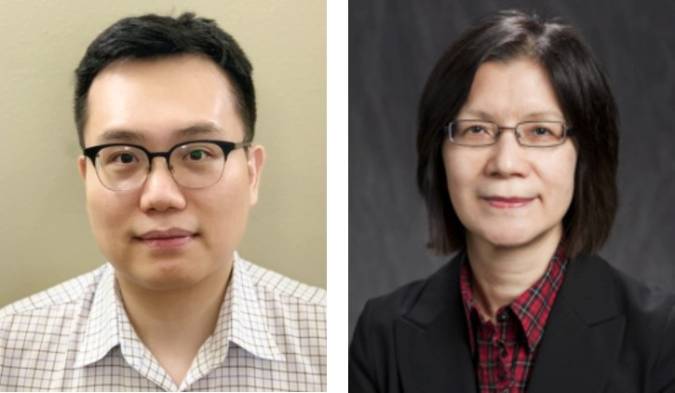Following the Source: LSU CS Professor Studies COVID-19 Disparities on Social Media
July 1, 2020

Kisung Lee & Nina Lam
BATON ROUGE, LA – During the COVID-19 pandemic, a plethora of information has gone out from various news sources about how the virus is being tracked, how it is spread, how many cases exist, and so forth. The problem is much of this vital information can be inaccurate, leaving people to ignore advice from public officials. For this reason, LSU Computer Science and Engineering Assistant Professor Kisung Lee and LSU Environmental Sciences Professor Nina Lam are evaluating how a population reacts to multiple sources of information, hoping to eliminate disparities in the messaging.
“Studying different COVID-19 responses to trustworthy information will contribute new perspectives and improve our fundamental understanding of the human aspects of information trustworthiness during a pandemic,” Lee said.
Lee, principal investigator on the project, and Lam recently received a $200,000 grant from the National Science Foundation for the project and will have University of Washington Center for Studies in Demography & Ecology Director Sara Curran and Cybersecurity Research Fellow Jessica Beyer work alongside them.
Lee will collect and analyze Twitter and linked media data using artificial intelligence-based techniques; Lam will map the data into administrative regions and analyze the data geographically (state- and county-level comparisons); and Curran and Beyer will collect policy and media source trustworthiness data and analyze it with other contextual information, such as media framing. Data will be collected and analyzed in Louisiana and Washington.
They will collect three waves of Twitter and associated data to compare sentiment and language use patterns among users and analyze how these characteristics evolve through the recognition of the emergency, the peak of the crisis, and the mitigation of the pandemic in the U.S. The tweets and entities will be classified for relevance (individual, organization, or bot) with derived age and location. The tweets will be associated with daily disease-specific rates and annual demographic and socio-economic information.
“Data about the surrounding information context, including reporting trends and framing of the crisis, sources of health information, and information-seeking behavior about COVID-19, will provide tools for assessing the validity and reliability of our inferences about the patterns of sentiment and language use,” Lee said. “This project will provide insight for targeting effective public messaging by public health and government officials during a crisis and ultimately improve disaster resilience.”
Like us on Facebook (@lsuengineering) or follow us on Twitter and Instagram (@lsuengineering).
###
Contact: Libby Haydel
Communications Specialist